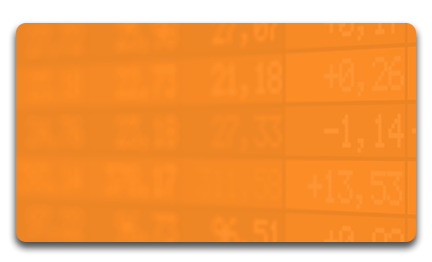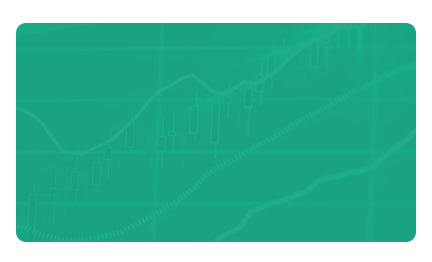The value of an investment depends to a great extent on the return and the risk associated with the given investment. If investors think rationally, they will expect higher returns for riskier investments. Thus, investments with higher risk must offer larger returns. This return is the risk premium.
According to the modern portfolio theory, investors should divide their money – designated for investments – to minimize risk. This practice is called diversification. The smaller the correlation between the movements of two shares, the smaller the overall risk of the portfolio. On the stock exchange, diversification can be achieved geographically (between shares from different countries), or industrially. It is also possible to diversify a portfolio with shares of export-oriented companies or rather with shares of companies depending on their domestic market. The risk of a perfectly diversified portfolio equals to the country risk of the given market. Hence, the ultimate goal of collecting risky shares is to make the overall portfolio risk smaller than the individual risks of the different shares in the portfolio.

Risk aversion is an ordinary human behaviour. However, it usually restricts the investor from possible large gains on the market. When someone wishes to earn more money on the exchange market, risk aversion and profit orientation narrow down the possibilities, because everyone intends to maximise return and minimise risks. This risk aversion indicates that (because of the short-term thinking) investments with high long-term returns are not considered, if their short-term return is volatile. It is right to say that the market is driven by the combination of hunger for profit and loss avoidance.



















